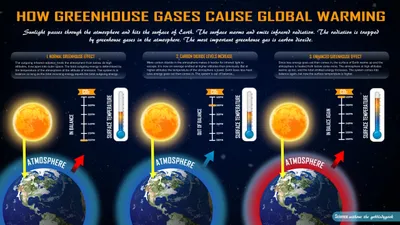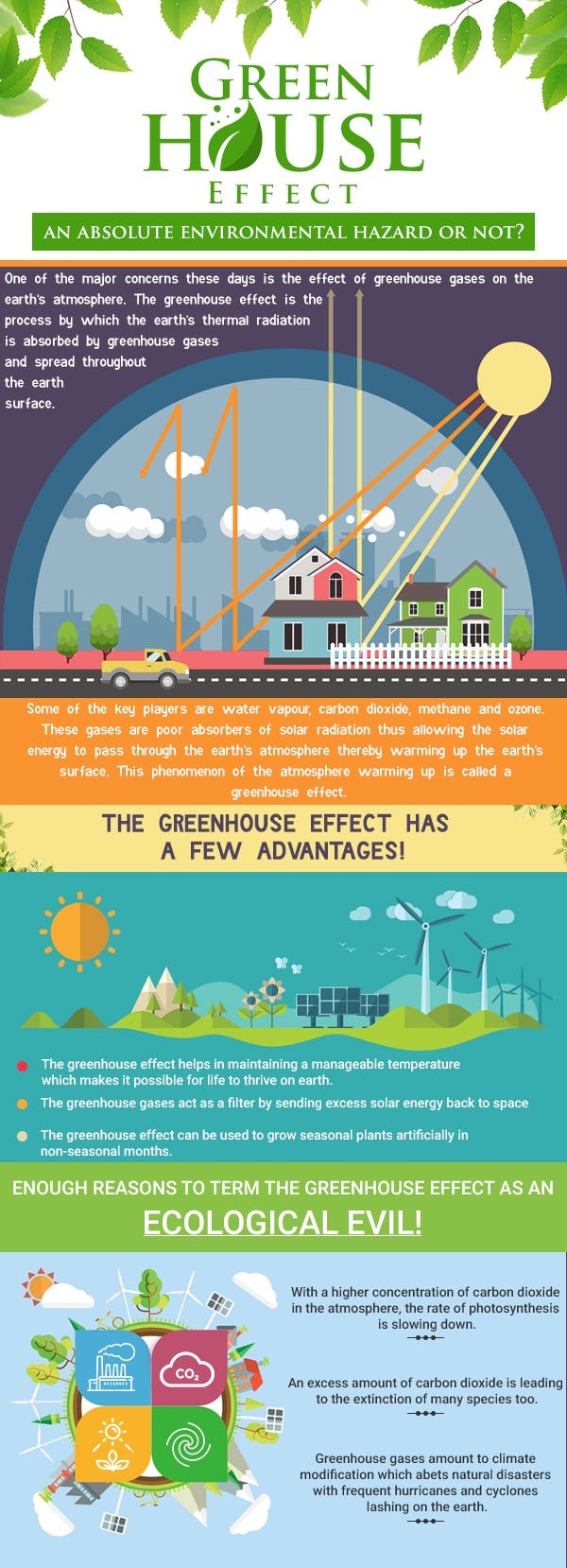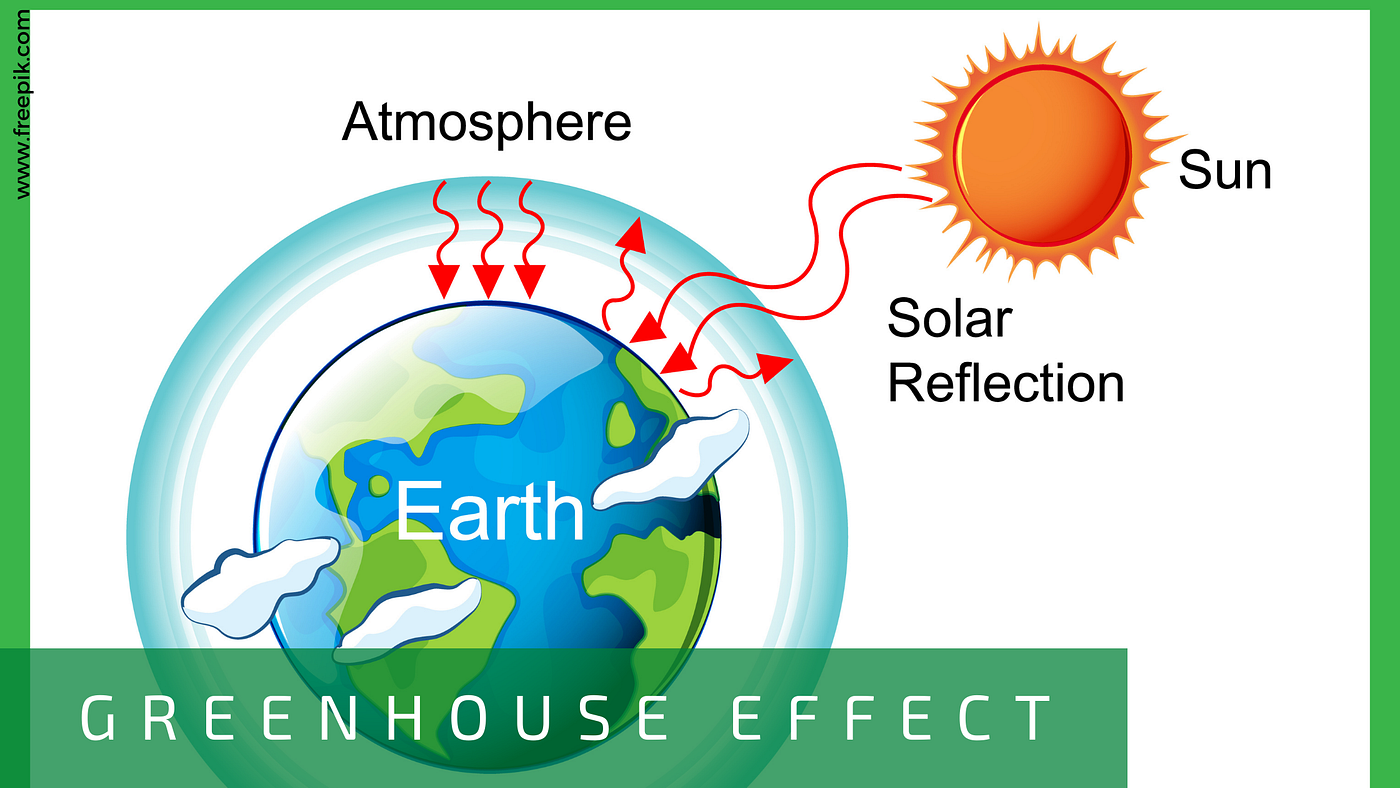Imagine waking up one morning to find Earth transformed into a frozen wasteland. Without the greenhouse effect, that chilling scenario could become a reality.
You might have heard the term “greenhouse effect” tossed around in discussions about climate change, often in a negative light. However, did you know that this natural phenomenon is essential for life as you know it? Picture your cozy blanket on a cold night; the greenhouse effect is Earth’s version of that blanket.
It helps keep the planet warm enough for plants, animals, and humans to thrive. Without it, Earth would be too cold to support life. So, why exactly is this effect crucial for your survival? You’ll discover how the greenhouse effect works, why it’s vital for maintaining the right temperature on Earth, and how it affects your everyday life. Understanding this can reshape your perception of climate discussions and empower you to appreciate the delicate balance that sustains life on our planet. Keep reading to uncover the truth behind this misunderstood natural process and see why it’s not just about global warming—it’s about life itself.

Credit: canadiancor.com
Role In Earth’s Temperature
The greenhouse effect is crucial for maintaining Earth’s temperature, which is essential for life as we know it. It acts like a natural thermostat, ensuring our planet doesn’t become too cold or unbearably hot. Without this phenomenon, Earth would be a vastly different place—likely inhospitable to most forms of life.
Natural Temperature Regulation
Think of the greenhouse effect as Earth’s built-in climate control system. The gases in our atmosphere, such as carbon dioxide and water vapor, trap heat from the sun. This process keeps the planet warm enough to support life, preventing it from freezing over.
Imagine stepping outside on a winter day without a coat. That’s how Earth would feel without the greenhouse effect. Our planet would struggle to maintain a stable temperature, impacting all living beings.
Impact On Climate Stability
Climate stability is another critical benefit of the greenhouse effect. It helps maintain the delicate balance that allows ecosystems to thrive. A stable climate means predictable seasons, which are vital for agriculture and wildlife.
Consider how chaotic life would be if seasons changed unpredictably. Farmers couldn’t plan their crops, and animals would struggle to adapt. The greenhouse effect ensures that the planet’s climate remains relatively stable, supporting diverse life forms.
Yet, it’s not just about survival. How would you feel if every day was a guessing game with the weather? The greenhouse effect gives us a sense of reliability, allowing us to plan our lives and activities.
As you think about your daily life and the importance of temperature stability, consider how this natural process affects everything from your morning coffee to your evening walks. Could you imagine a world without it?
Essential For Water Cycle
The greenhouse effect is crucial for maintaining Earth’s temperature. It traps heat, enabling water to cycle efficiently. Without it, Earth would be too cold for liquid water, disrupting the water cycle essential for life.
The greenhouse effect is often viewed in a negative light due to its connection with global warming. However, it plays a crucial role in maintaining the Earth’s water cycle, which is essential for life. Without it, our planet would be a frozen wasteland, unable to support the diverse ecosystems we see today. The greenhouse effect helps to regulate temperature, allowing water to exist in all three states: solid, liquid, and gas. This balance is vital for the water cycle, which supports life by distributing water across the planet.Evaporation And Condensation
The greenhouse effect warms the Earth’s surface, providing the energy needed for evaporation. Water from oceans, rivers, and lakes turns into vapor, rising into the atmosphere. Imagine standing by a lake on a sunny day and feeling the moisture in the air. That’s evaporation at work, powered by the sun’s warmth. As water vapor rises, it cools and begins to condense, forming tiny droplets. This process is essential for cloud formation. Condensation releases heat, further contributing to the warming effect necessary for sustaining life. The balance of evaporation and condensation is a delicate dance, ensuring that water is constantly cycled and available.Cloud Formation And Precipitation
The formation of clouds begins with condensation. When water vapor cools, it clumps together around tiny particles, creating clouds. These clouds are not just picturesque; they are vital for returning water to the Earth’s surface. Precipitation occurs when these clouds become heavy with water droplets. Rain, snow, sleet, and hail are all forms of precipitation, crucial for watering plants and replenishing water bodies. Without the greenhouse effect, the cycle of cloud formation and precipitation would be disrupted, leading to droughts and barren landscapes. Have you ever marveled at a sudden downpour that rejuvenates the earth? This is the water cycle in action, powered by the greenhouse effect. It ensures that life on Earth remains vibrant and sustainable. So next time you see clouds gathering, remember the unseen forces at work, making life possible.Support For Plant Life
The greenhouse effect is often discussed in terms of global warming, but its role in supporting plant life is vital. Without it, Earth would be too cold for most life forms. Plants thrive thanks to the warmth and stability the greenhouse effect provides.
Photosynthesis Process
Photosynthesis is the process by which plants convert sunlight into energy. The greenhouse effect maintains the Earth’s temperature at a level that allows plants to absorb the right amount of sunlight. Without this natural warming, photosynthesis would be far less efficient.
Think about how your favorite indoor plant needs a sunny spot to grow well. Similarly, the Earth’s atmosphere needs to trap heat for plants to efficiently perform photosynthesis. This process not only fuels plant growth but also produces oxygen, which is essential for human life.
Growth And Sustainability
The consistent temperatures provided by the greenhouse effect ensure that plants can grow year-round in many parts of the world. This consistency is crucial for agriculture, which feeds millions globally. Imagine a world where crops couldn’t grow because of freezing temperatures—it would be a different planet altogether.
Plants also play a role in carbon storage, which helps balance the carbon cycle. The greenhouse effect supports this by allowing forests and other plant-rich areas to thrive. By maintaining their growth, you help sustain ecosystems that countless animals, including humans, rely on.
Have you ever considered how different your daily life would be without the fruits and vegetables you eat? The greenhouse effect makes it possible for these plants to grow. Next time you enjoy a fresh salad, remember that the warmth of our planet plays a crucial role in bringing those greens to your plate.

Credit: medium.com
Influence On Weather Patterns
The greenhouse effect plays a crucial role in shaping Earth’s weather patterns. It helps maintain temperatures that allow life to thrive. Without it, Earth would be a frozen wasteland. Weather patterns are influenced by the energy balance created by the greenhouse effect. Let’s explore its impact on wind circulation and ocean currents.
Wind Circulation
Wind circulation is driven by the uneven heating of Earth’s surface. The greenhouse effect contributes to this imbalance. Warm air rises, creating pressure differences. These differences generate wind. Wind circulates heat across the planet. This circulation is essential for weather systems. It affects climates and habitats globally.
Ocean Currents
Ocean currents are another vital component of Earth’s climate. The greenhouse effect influences these currents. Currents distribute heat, affecting sea temperatures and marine life. They play a role in regulating global climate. This regulation impacts weather patterns worldwide. Ocean currents connect distant regions, affecting local climates.
Effects On Biodiversity
The greenhouse effect is crucial for Earth’s biodiversity. It helps maintain temperatures suitable for life. Without it, Earth would be too cold for most species. The delicate balance of heat supports diverse ecosystems. Let’s explore how this impacts biodiversity.
Habitat Creation
The greenhouse effect creates diverse habitats on Earth. Warm temperatures support lush forests and vibrant oceans. These habitats shelter countless species. Rainforests, for example, house millions of plants and animals. Oceans, warmed by the effect, nurture coral reefs and marine life. Without these conditions, many species would struggle to survive.
Species Adaptation
Species adapt to the stable climate provided by the greenhouse effect. This stability allows slow evolutionary changes. Animals develop features suited to their environment. Polar bears, for instance, have thick fur for icy regions. Tropical birds have bright colors for camouflage in forests. These adaptations are crucial for survival and reproduction.
Balance Of Atmospheric Gases
The balance of atmospheric gases is crucial for maintaining Earth’s climate and supporting life. These gases regulate the planet’s temperature and provide essential components for life processes. Without this delicate balance, Earth would be a barren, inhospitable place. Have you ever wondered how these gases interact to make life possible?
Carbon Dioxide Levels
Carbon dioxide plays a pivotal role in the greenhouse effect. It traps heat in the atmosphere, preventing it from escaping into space. This heat retention keeps Earth’s surface warm enough for life to thrive. Imagine Earth without this warmth—it would be like living in a perpetual ice age!
However, carbon dioxide levels must remain balanced. Excessive CO2 leads to global warming, disrupting ecosystems and weather patterns. Monitoring these levels is essential to prevent drastic climate changes. Think about how you can contribute to reducing CO2 emissions in your daily life.
Oxygen Production
Oxygen is essential for respiration, supporting life in all its forms. It is produced primarily by plants during photosynthesis. This process not only replenishes oxygen but also absorbs carbon dioxide, maintaining atmospheric balance.
Consider the importance of preserving forests and plant life. They are the lungs of our planet, continuously producing oxygen and sustaining life. Have you ever planted a tree or supported reforestation efforts? Small actions can have a significant impact on our environment.
Human Impacts
The greenhouse effect is essential for life on Earth. It helps maintain a warm atmosphere, allowing plants and animals to thrive. Human activities, though, have altered this natural balance. The burning of fossil fuels and deforestation increase greenhouse gases. These changes impact climate patterns and ecosystems. Understanding human impacts can guide efforts to protect our planet.
Industrial Contributions
Industries play a significant role in greenhouse emissions. Factories release large amounts of carbon dioxide. Vehicles and machinery also contribute to the problem. These emissions trap heat in the atmosphere, warming the planet. Industrial activities have accelerated climate change. Recognizing these contributions is key to addressing the issue.
Mitigation Strategies
Mitigation strategies aim to reduce greenhouse gas emissions. Renewable energy sources, like wind and solar, can replace fossil fuels. Energy-efficient technologies help lower emissions. Planting trees absorbs carbon dioxide, aiding in mitigation. Governments and organizations are working on policies to reduce emissions. Public awareness and education are crucial for successful mitigation.

Credit: abouttheglobeabdullah.medium.com
Frequently Asked Questions
Why Is The Greenhouse Effect Important For Life On The Earth?
The greenhouse effect traps heat in the Earth’s atmosphere, maintaining a climate suitable for life. It ensures stable temperatures, supports ecosystems, and enables agriculture by preventing extreme temperature fluctuations. Without it, Earth would be too cold for most forms of life to survive.
Why Is The Greenhouse Effect Necessary For Life On Earth Quizlet?
The greenhouse effect traps heat in Earth’s atmosphere, maintaining temperatures suitable for life. It prevents the planet from becoming too cold, supporting ecosystems and biodiversity. Without it, Earth would be uninhabitably frozen. This natural process is crucial for sustaining life, providing warmth and enabling the water cycle.
Would The Earth Survive Without The Greenhouse Effect?
The Earth would not survive without the greenhouse effect. It keeps the planet warm enough to support life. Without it, Earth’s average temperature would be too cold, making it uninhabitable. The greenhouse effect is essential for maintaining a livable environment on Earth.
Why Is The Greenhouse Effect Significant To Us?
The greenhouse effect is crucial for maintaining Earth’s temperature. It allows life by trapping heat from the sun. Without it, Earth would be too cold for survival. Understanding its significance helps in addressing climate change issues effectively, ensuring a sustainable future for the planet.
Conclusion
The greenhouse effect keeps Earth warm and suitable for life. Without it, our planet would be too cold for most living things. This natural process helps maintain a stable climate. Plants, animals, and humans all depend on it. It supports ecosystems and food chains.
We must protect this balance. Human activities can disrupt it. Reducing pollution helps safeguard the environment. Understanding the greenhouse effect is essential. It highlights our role in preserving Earth. Everyone’s efforts matter. Let’s work together for a healthy planet.






